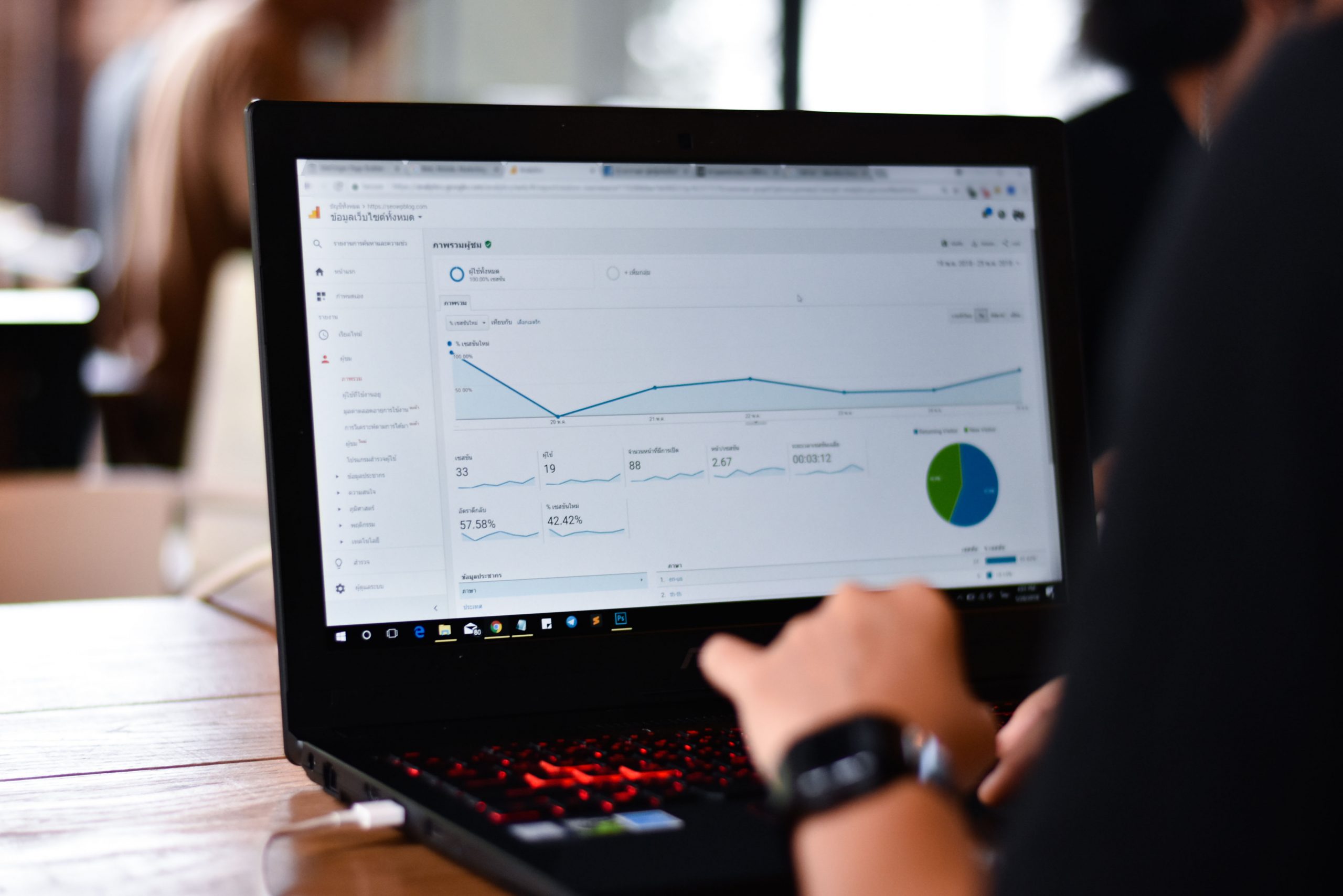Your website should have all the information on your company so that potential customers can make educated decisions before purchasing your product or service. Just like a car, your website should be inspected and tuned up on a regular basis. Whether it’s not showing up in search engines or having a high bounce rate, optimizing your website will help with the success of your business. Search engine optimization can improve your search engine results and create higher sales conversions.
Before you begin optimizing your website, whether new or it has been live for some time, you should run a website audit. An audit outlines the strengths and weaknesses of the website, helps inspect the technical backend of the website, on-page and off-page elements to optimize result positioning, increase conversions, and more. The website audit must be performed on a regular basis to ensure the long-term success of the website’s performance. The audits are really important as it helps keep the SEO strategy updated at all time.
Why Have An Audit
So, why do it? It outlines the technical performance and health of the website, so you can create practical tasks to enhance the online visibility. The results of the audit also helps create an ongoing SEO plan for improving lead generation and sales conversions. The audit helps identify possible errors in the website, such as broken links, duplicate content, or negative backlinks that might be damaging the website’s performance. Once these errors are identified by the audit, your SEO experts can create strategies to recover the traffic that the website lost.
Website audits also help identify the algorithm changes to the search engines. This is because all search engines tend to update the algorithms from time to time and SEO audits help outline what adjustments can be made to cater to these algorithmic changes. While running a full website audit is recommended, there are variations and parts of the website audit you can do separately.
Types of Website Audits
A website audit is a full analysis of factors that impact a websites visibility for search engines and ease of use for users. But a full website audit is not always necessary, below are some of the most common types of audits you can run on your website:
Technical Audit
While good quality content and backlinks will help get your site ranked, if there is a technical issue on your website, all your efforts could be a waste of time. Technical audits focus on best practice for site visibility and ensuring that all website meets all search engine requirements for crawling and indexing.
SEO Audit
An SEO audit measures how well your website is optimized for search engines. It includes analyzing of keywords, website links, traffic behavior, goal conversions, meta descriptions and data, and image and optimization.
Content Audit
Content is often reviewed as part of an SEO audit, a stand alone content audit can also be helpful, delivering strong insights into what messaging and tone of voice is converting and what isn’t.
Signs Your Website Needs An Audit
There are many reasons why your website may need an audit. Here are just a few:
- Users can’t navigate your website properly
- Images are not properly tagged
- Your website is not mobile friendly or mobile optimized
- Your website takes too long to load
- Customers have a hard time contacting you
- Your competitors are outperforming you in search engine results
- Certain pages on your website are not getting indexed in search results
The overall purpose of a website audit is to give webmasters a complete and detailed analysis into their sites health, performance and speed. So, when are you performing an audit on your website? If you are looking to have an audit done to your website, or have questions about doing an audit, contact us today.




